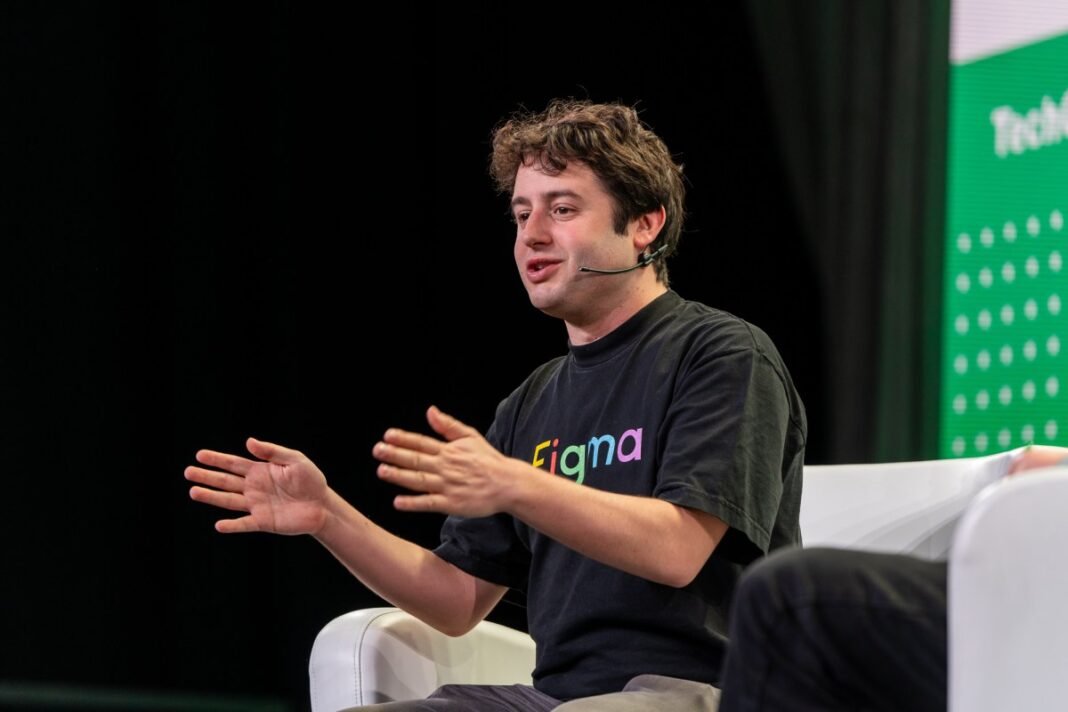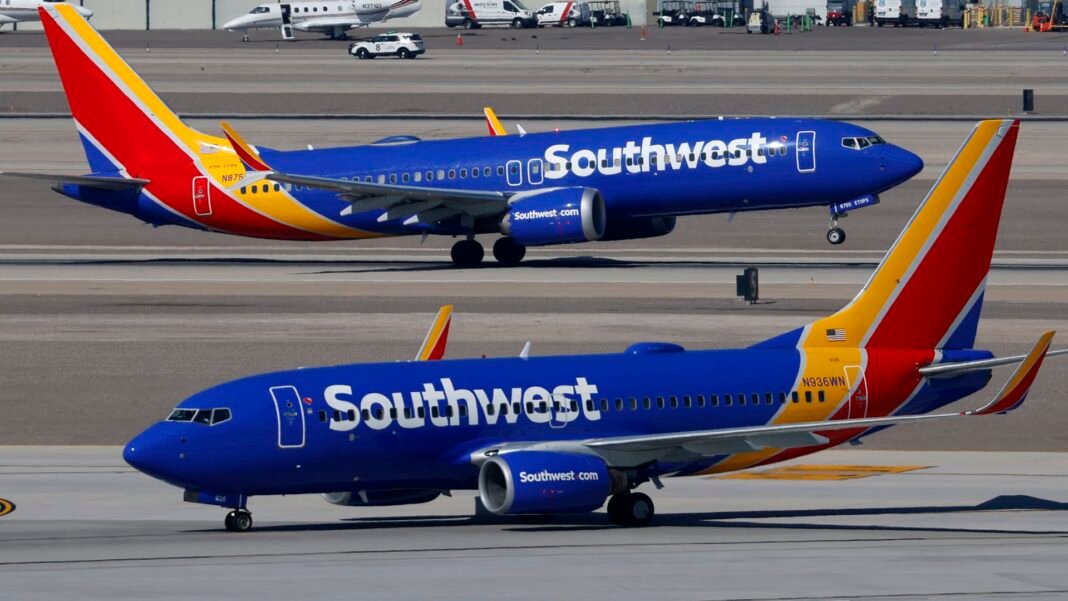Analyzing Figma’s IPO: Share Distribution and Ownership dynamics
Atypical Approach to Share Allocation
Figma’s initial public offering adopts a distinctive strategy by allowing existing shareholders to sell a considerably larger volume of shares compared to the number of new shares issued by the company. While Figma plans to issue roughly 12.5 million fresh shares, current investors have permission to offload nearly twice that amount-approximately 24.7 million shares.
Possibility for Additional Share Sales Driven by Demand
Should investor interest surge, there is an option for these shareholders to collectively sell up to an extra 5.5 million shares through an over-allotment mechanism, enhancing liquidity options for early stakeholders and possibly expanding the total share float.
Founder’s Retained control Despite Significant Sale
Dylan Field, Figma’s CEO and co-founder, intends to sell about 2.35 million of his personal holdings during this offering. At a midpoint price of $26.50 per share, this could generate over $62 million in proceeds-and possibly more if prices exceed $28 per share. Nevertheless, Field will preserve commanding influence post-IPO with approximately 74% voting power due to his supervoting Class B stock that carries 15 votes per share and also control over co-founder Evan Wallace’s Class B shares.
Venture Capital Firms’ Partial Divestment Amid Market Challenges
The company’s prominent venture capital backers-including Index Ventures, Greylock Partners, Kleiner Perkins, and Sequoia Capital-are also opting for partial exits by selling portions of their stakes during the IPO. Depending on demand via overallotment options, each firm may offload between 1.7 million and 3.3 million shares individually.
This measured liquidity event enables these investors to recoup some capital in a market environment where venture exits have been scarce recently while maintaining significant exposure toward Figma’s anticipated growth trajectory.
The Strategic Significance Behind Secondary Sales
The significant secondary sale component indicates that relying solely on new share issuance might not have sufficed in satisfying robust investor demand-a reflection both of strong market enthusiasm and a calculated effort by Figma’s leadership to balance supply with appetite effectively.
Financial Outcomes for Company versus Investors
Proceeds from secondary sales flow directly into the pockets of selling shareholders rather than benefiting Figma itself; however, if pricing exceeds expectations-as frequently seen with high-profile tech IPOs-the company stands poised to raise additional capital from its primary issuance segment as well.
Aiming at One of This Decade’s Largest Tech Public Offerings
Market experts estimate that based on current price guidance between $25 and $28 per share, Figma could amass around $1.5 billion through this offering alone-potentially ranking it among the most sizable technology IPOs recorded so far in 2025 should it price above range or experience strong aftermarket momentum.
“The scale and design of this offering underscore confidence in Figma’s future prospects while addressing early investors’ need for liquidity amid constrained venture exit opportunities.”
The Path Forward: Anticipated Developments Post-IPO Launch
The final pricing decision is expected imminently following roadshow presentations designed to assess institutional demand across various markets nationwide.
If enthusiasm mirrors recent blockbuster debuts such as DoorDash-which raised nearly $4 billion at its public launch-the excitement surrounding Figma could translate into meaningful gains not only for new public shareholders but also those unlocking value through secondary sales today.





